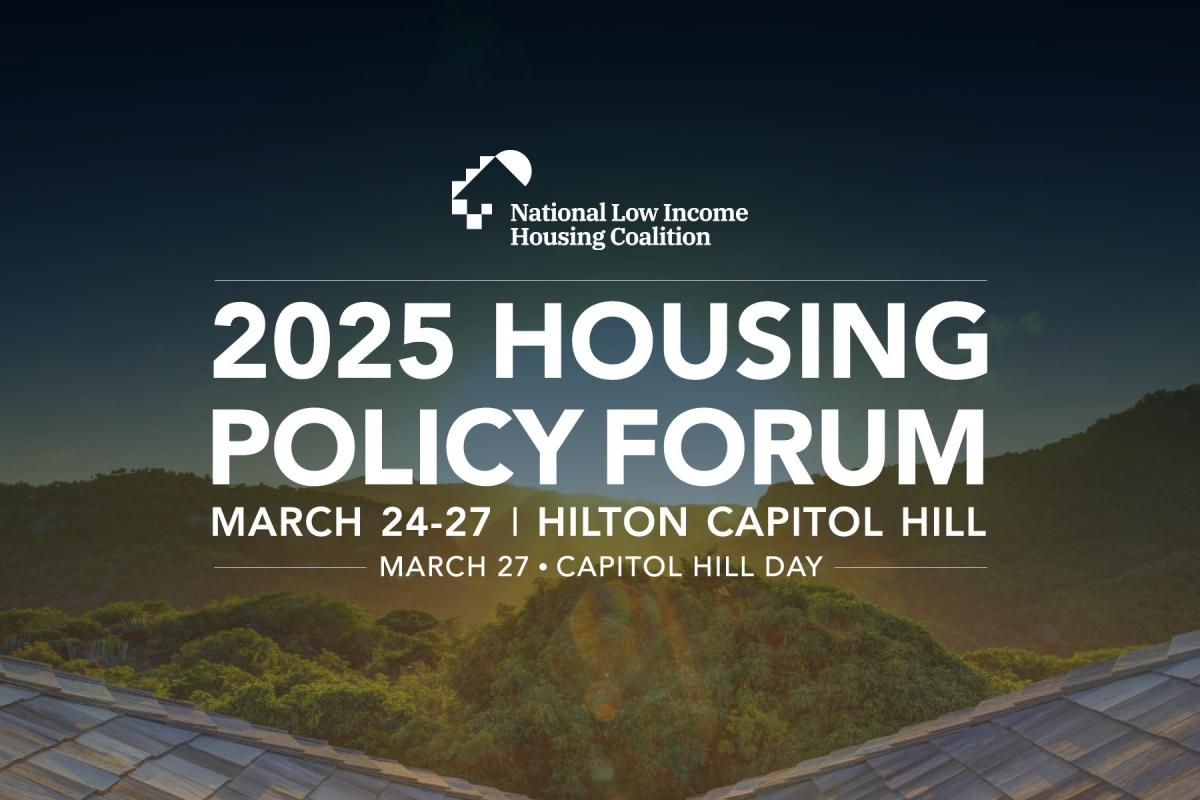
The just-released The Gap: A Shortage of Affordable Homes study by the National Low Income Housing Coalition (NLIHC) has found that across Maryland, there is a shortage of rental homes affordable and available to extremely low income households, whose incomes are at or below the poverty guideline or 30% of their area median income. Many of these households are severely cost burdened, and spend over half of their income on housing. Severely cost burdened poor households are more likely than other renters to sacrifice other necessities like healthy food and healthcare to pay the rent, and to have unstable housing situations like evictions.
"Cost Burden" is defined as spending more than 30% of household income on housing costs. "Severe Cost Burden" is spending more than 50% of household income on housing costs.
According to the NLIHC study, historic drivers of housing inequity include:
- Decades of racial discrimination by real estate agents, banks, insurers, and the federal government have made homeownership difficult to obtain for people of color.
- Many factors kept people of color (POC) from being able to purchase homes through the 1950s: the pervasive refusal of whites to live in racially integrated neighborhoods, physical violence targeting POC who tried to integrate (which was often tolerated by police), restrictive covenants outlawing home sales to Black buyers to integrate neighborhoods, and federal housing policy that denied borrowers access to credit in minority neighborhoods (Massey & Denton, 1993; Coates, 2014; Rothstein, 2017).
- Being denied the ability to purchase homes meant that POC did not benefit from the appreciation in home value, a major driver of the racial wealth gap.
- While overt discrimination was outlawed by the Fair Housing Act of 1968, subtler forms of housing discrimination continue. HUD’s fair housing tests in 28 metropolitan areas found that Black homebuyers were shown 17.7% fewer homes than similar white homebuyers (HUD, 2013).
- More recent fair housing investigations show similar discrimination, including being shown fewer homes and not being given the same information as white buyers (Chicago Lawyers’ Committee for Civil Rights, 2018; Choi, Herbert, Winslow, & Browne, 2019).
- Today’s credit scoring system and lending practices also are barriers to POC homeownership (Rice & Swesnik, 2012; Bartlett et al., 2019).
Other Key national findings of the NLIHC's study are:
• The shortage of affordable rental housing primarily impacts renters with extremely low incomes. Extremely low-income renters in the U.S. face a shortage of 7.3 million affordable, available rental homes, resulting in only 34 affordable, available homes for every 100 extremely low-income renter households.
• The shortage of affordable rental housing is more acute than before the pandemic. Between 2019 and 2022, the shortage of affordable and available rental homes for extremely low-income renters increased by more than 480,000.
• Black, Latino, and Indigenous households are disproportionately extremely low-income renters and disproportionately impacted by this shortage. Some 19% of Black non-Latino households, 16% of American Indian or Alaska Native households, and 13% of Latino households are extremely low-income renters, compared to only 6% of white non-Latino households.
• Extremely low-income renters are more likely than other renters to spend a large part of their income on rent. A total of 87% are cost-burdened with 74% are severely cost-burdened. Extremely low-income renters are almost a quarter of all renters, but 44% of all cost-burdened renters and 69% of severely cost-burdened renters.
Regarding Maryland:
- 197,310 or 26% of Maryland renter households are extremely low income.
- The state has a shortage of 134,192 rental homes affordable and available for extremely low income renters.
- $37,740 is the average income limit for 4-person extremely low income household.
- $64,642 is the annual household income needed to afford a two-bedroom rental home at HUD's Fair Market Rent.
- 73% of extremely low income renter households have a severe cost burden.
*****
Read the NLIHC study's Maryland profile.

